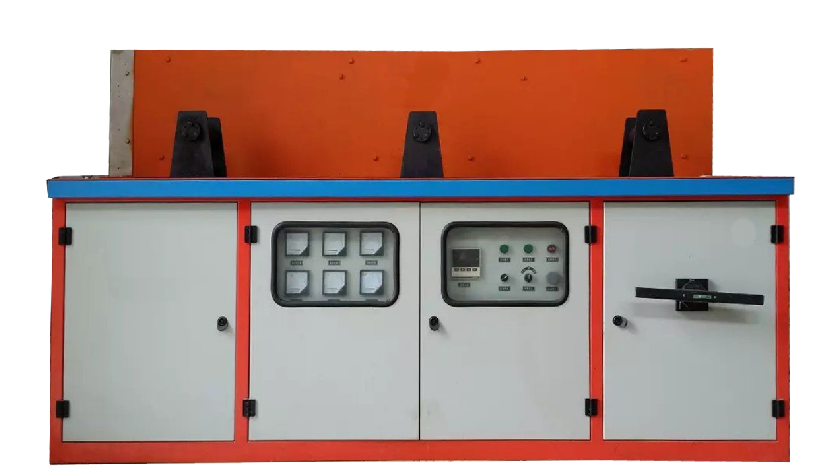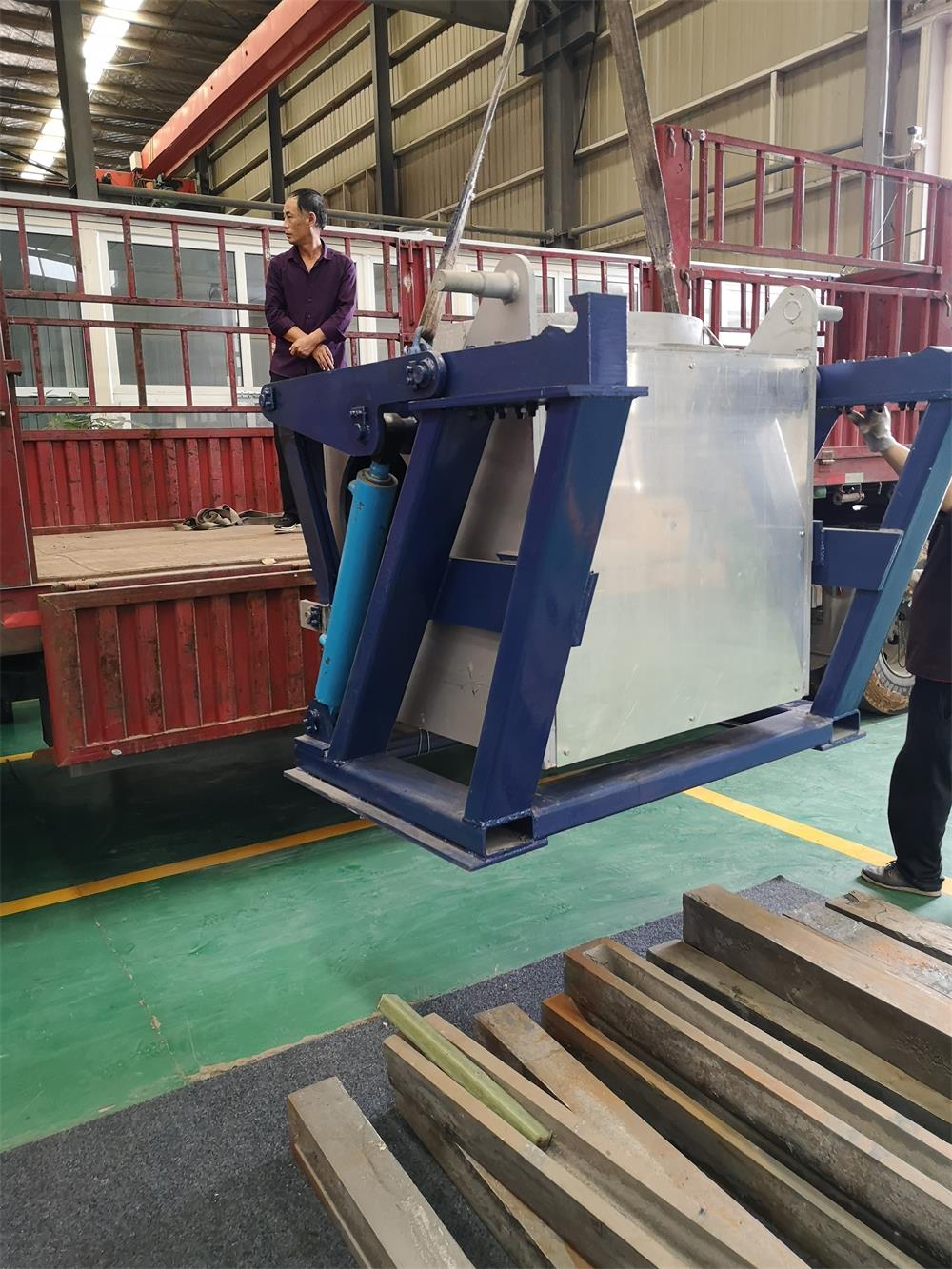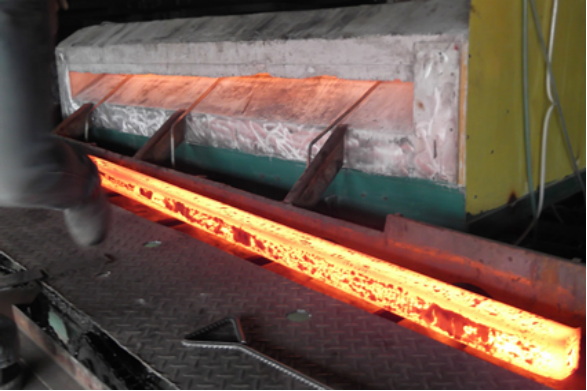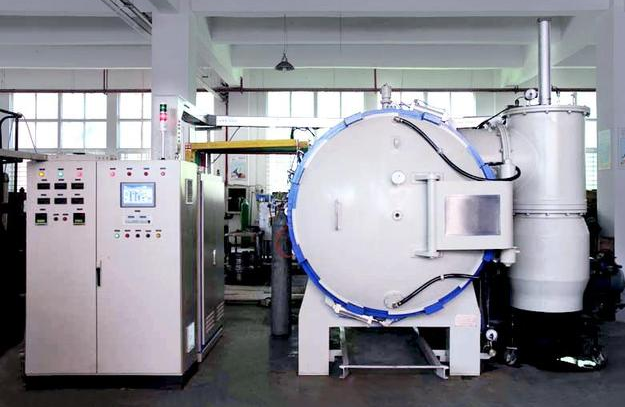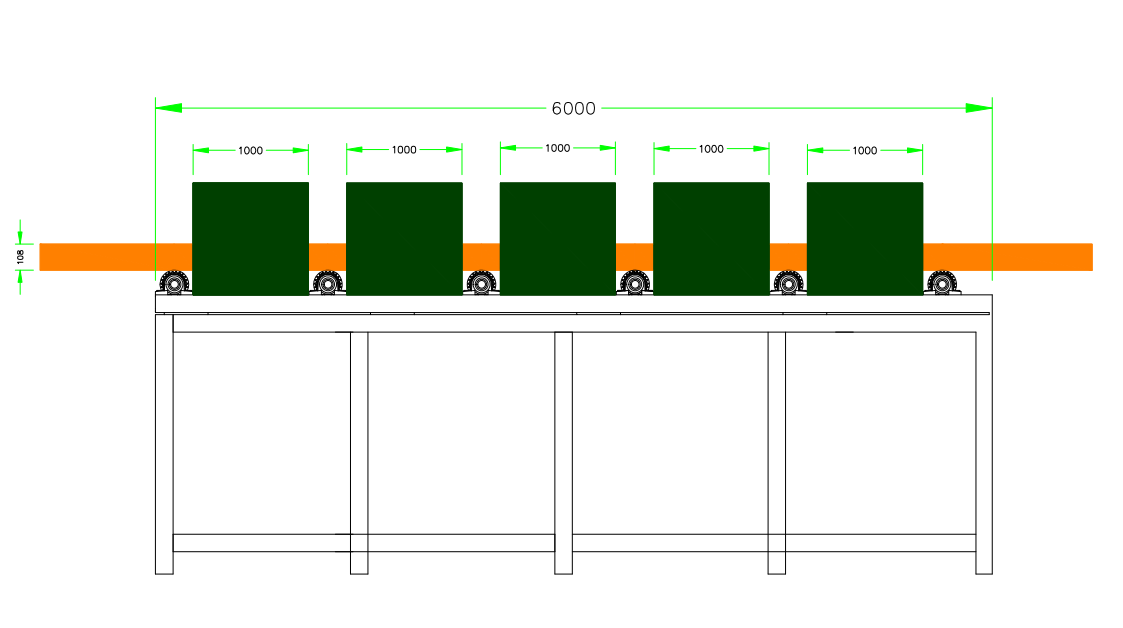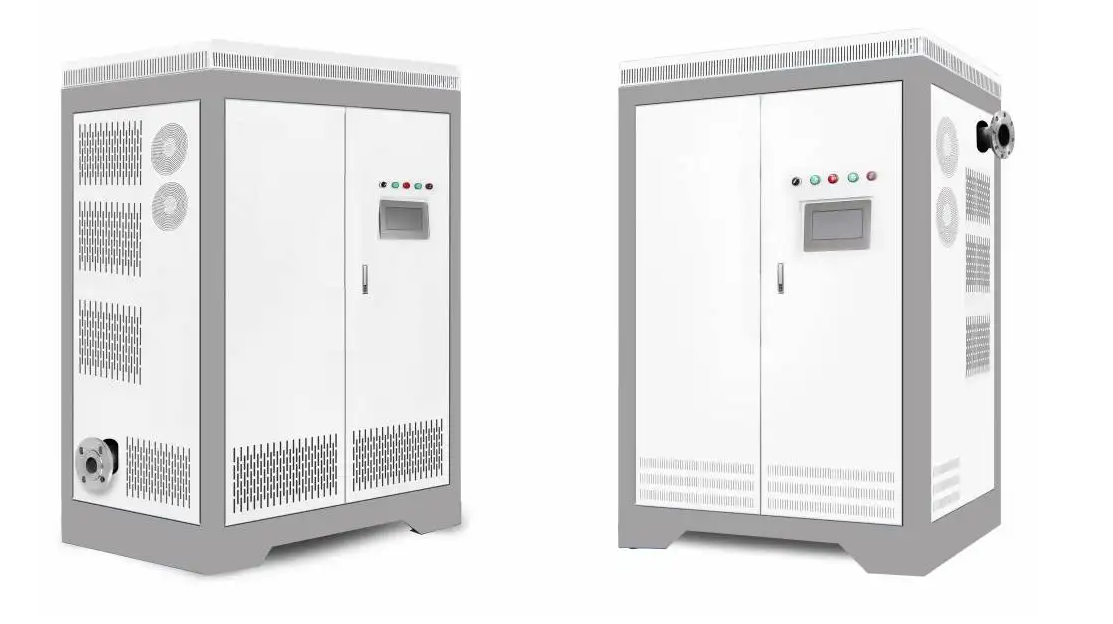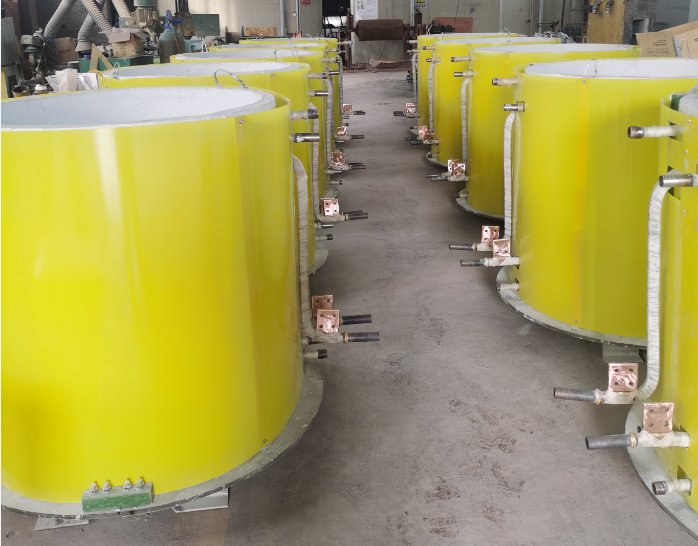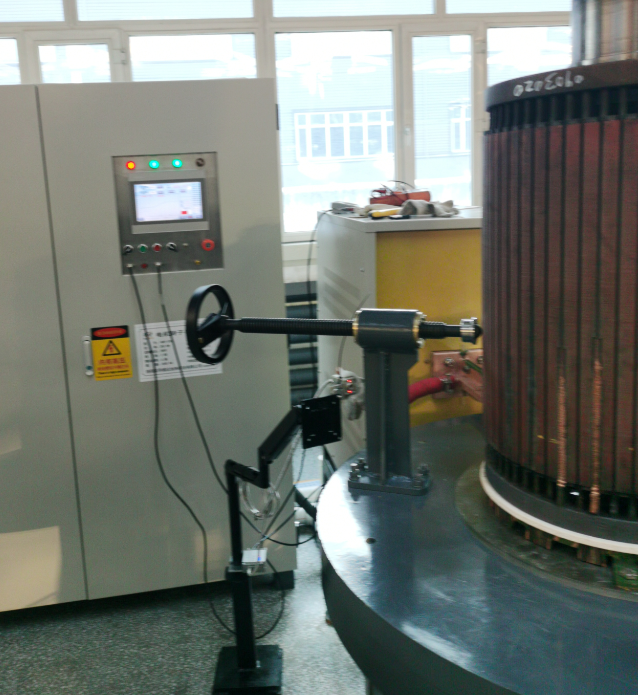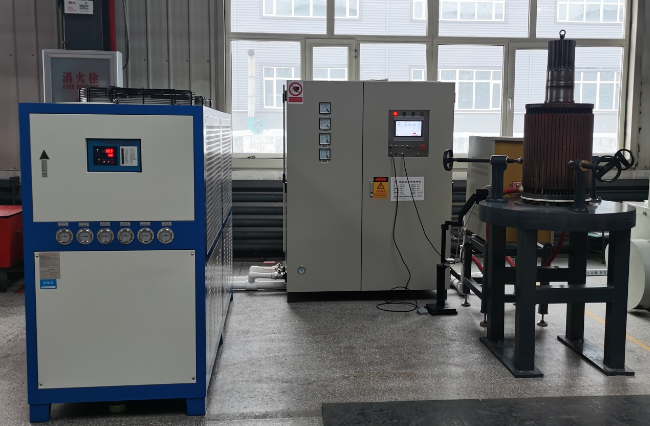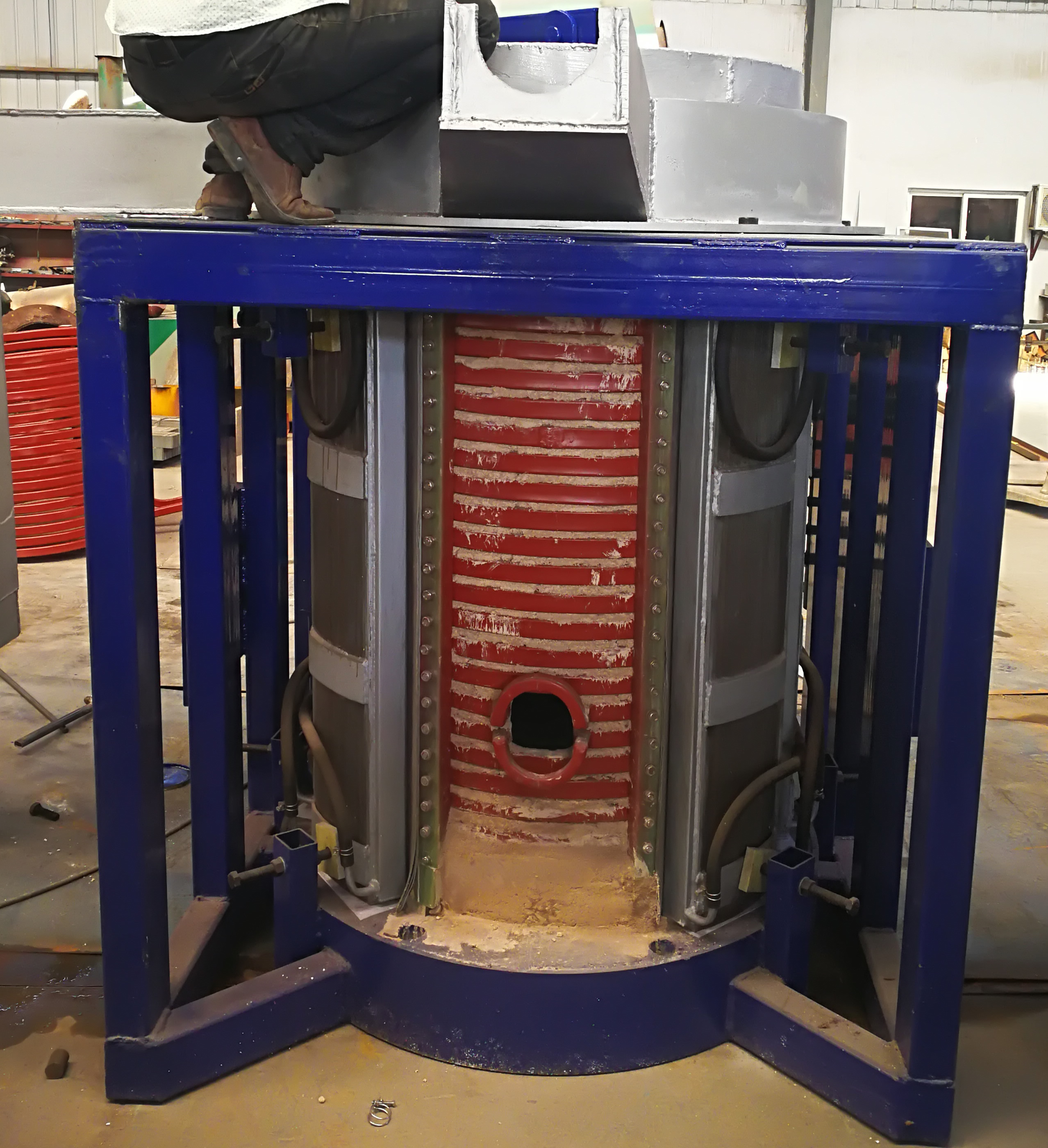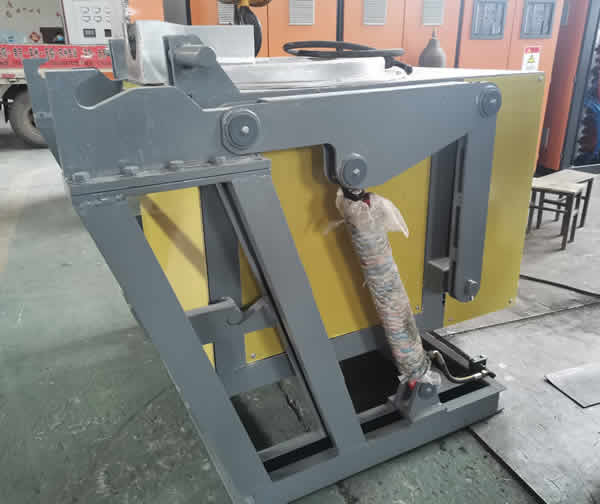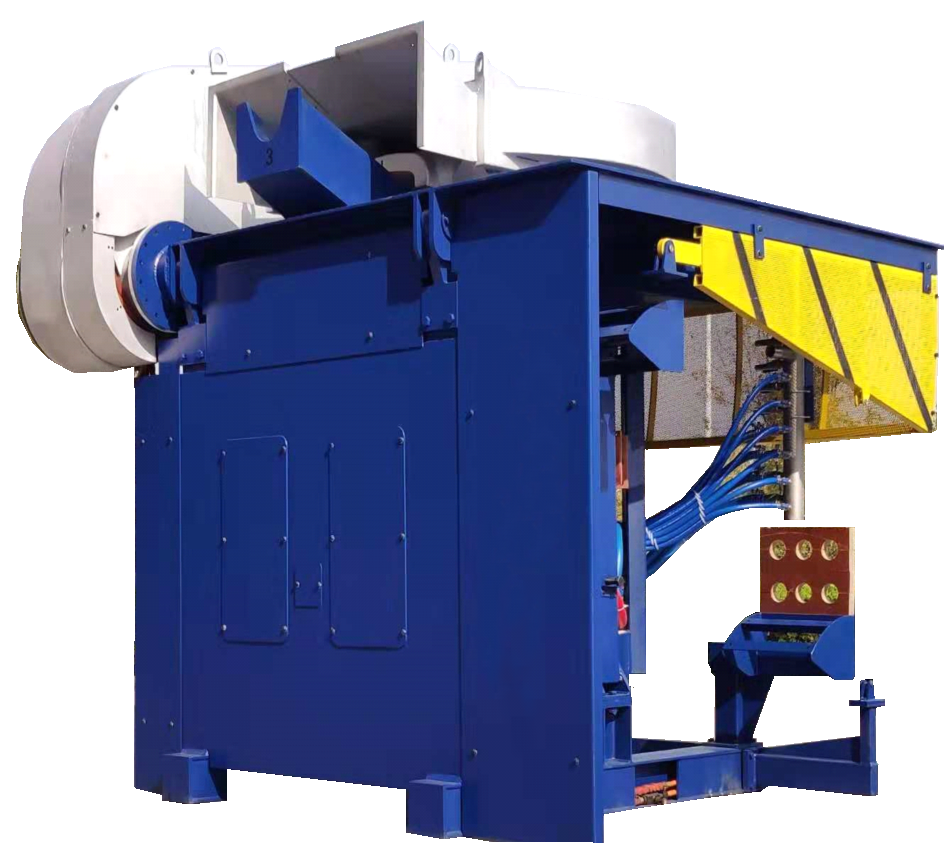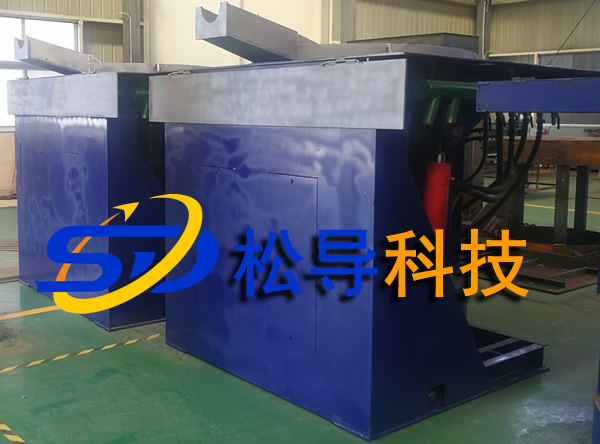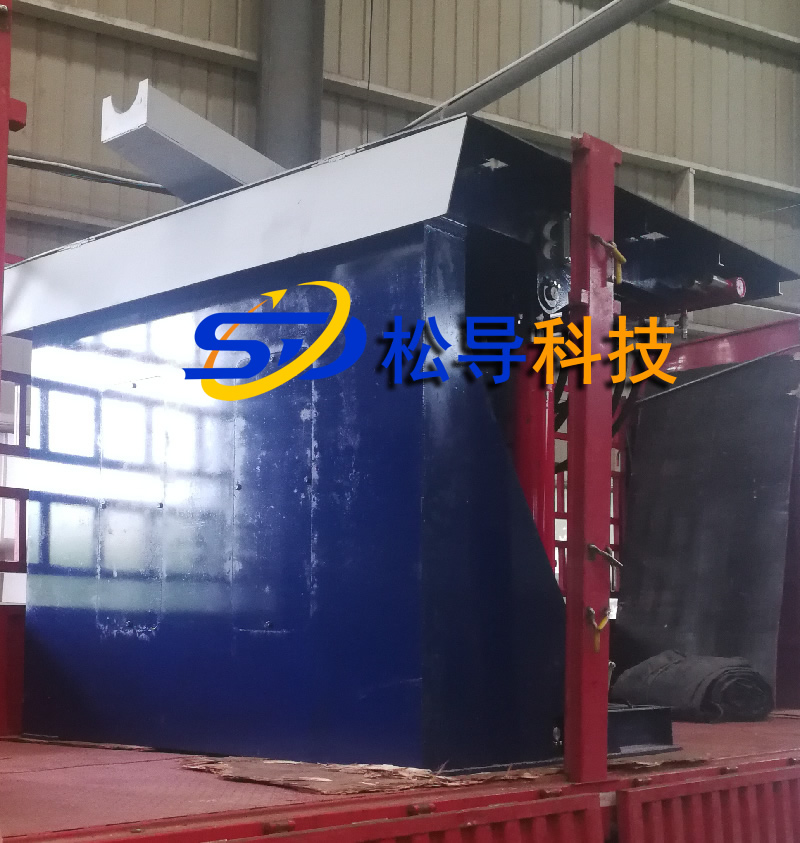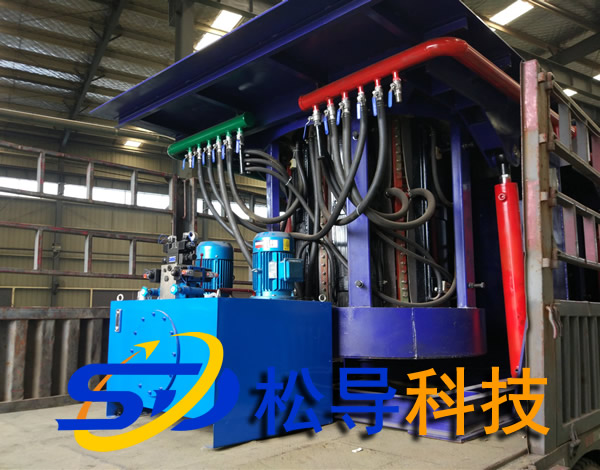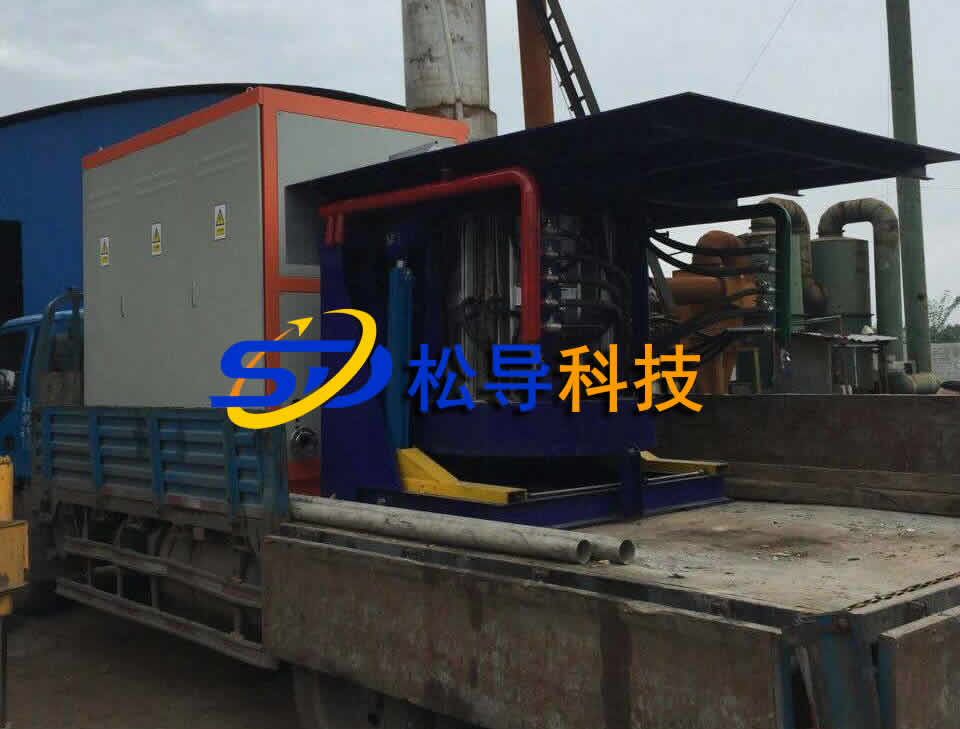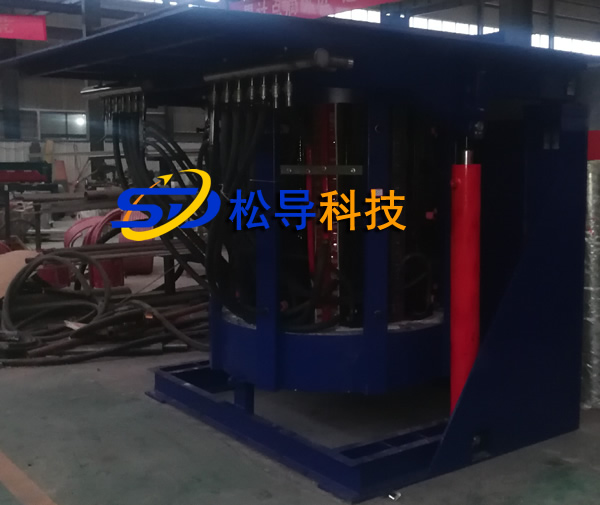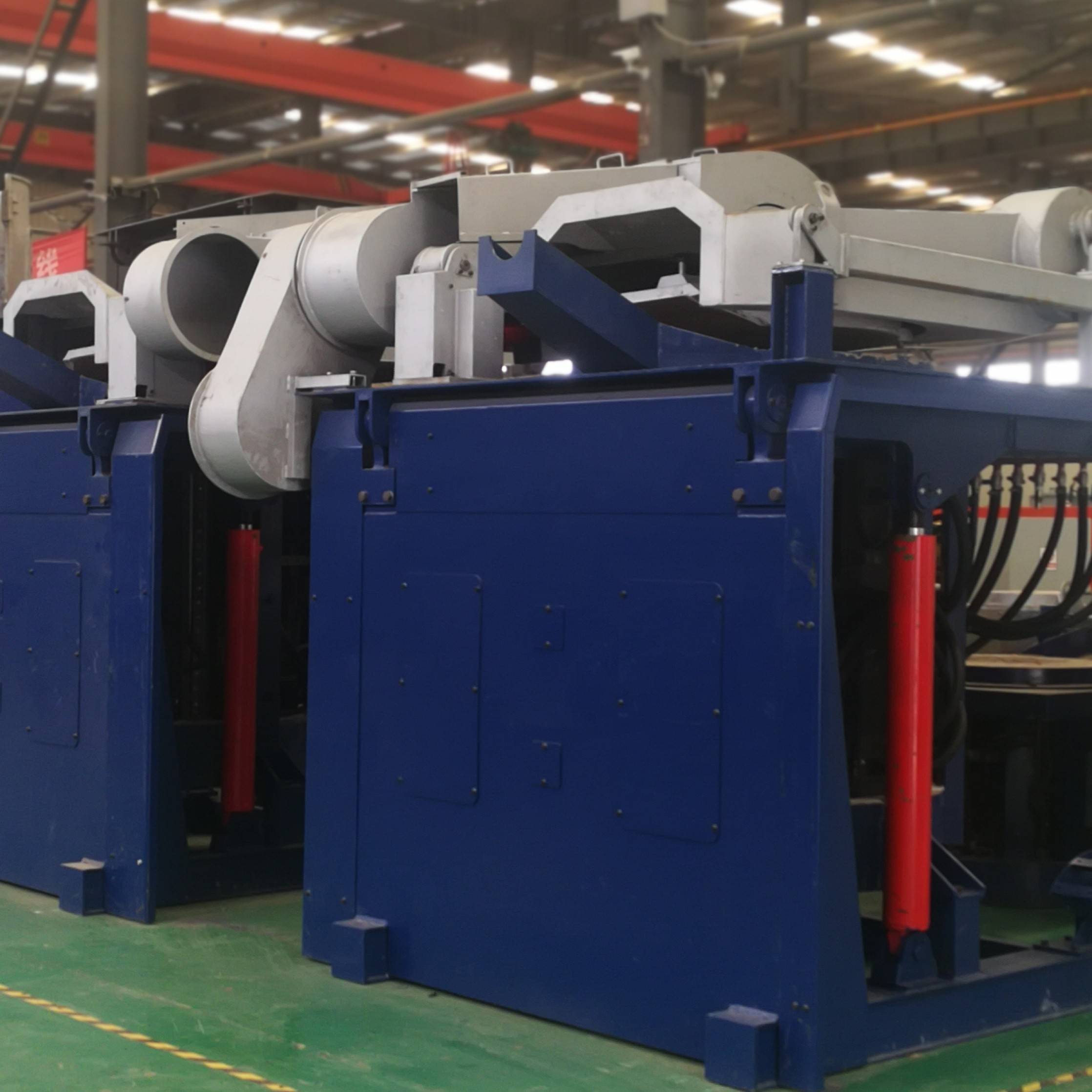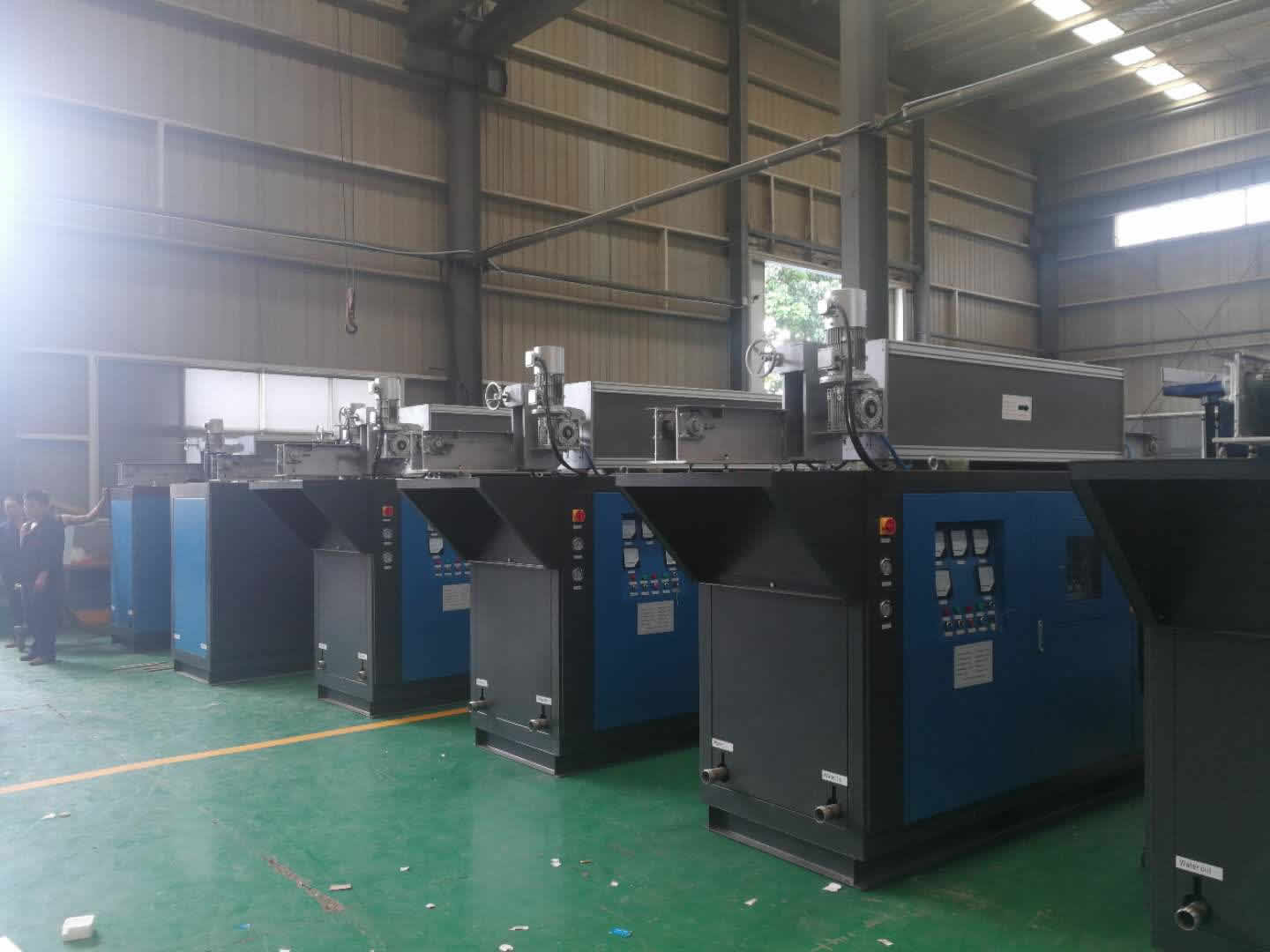
洛阳松导感应加热科技有限公司
联系方式:15038554363
24小时技术热线:15038554363
邮 箱:1390003299@qq.com
厂址:河南省洛阳市洛新工业园区
智能电网技术多方法有效测量电能损耗
以奥斯汀为基础的智能电网研究人员在奥斯汀北部米勒社区进行了实地试验,并发现了更多放置太阳能板和测量电能损耗的有效方法。
胡桃街项目有关智能电网技术研究的初步成果提高了居民用电和商业用电的效率。6月5日奥斯汀论坛上,胡桃街项目的执行董事,布鲁斯特.麦克克莱肯说:在对米勒社区居民用电研究的两年期间,他的团队发现了有趣的现象。
“我们还不确定收集到的数据是否准确,但我们已发现重要的趋势”麦克克莱肯说:“其中一个趋势是,在用电高峰时期,面向西面的太阳能板几乎可以满足居民的所有用电需求。”他说平时和周末的用电需求是不同的,但是一天中有几个特定的时间段属于用电高峰期。
“根据智能电网得到的数据,你们会发现在特定的时间用电量处于Z高峰”麦克克莱肯说:“更重要的是你们能发现哪个设备用多少电量。”“但是收集用户所用的所有电气设备也是有风险的,当然,如此大量的数据,保密工作也是个大问题。因为能接触到这些数据,心怀不轨的人能够判断你什么时候不在家然后入室抢劫,或者保险公司能够依据你使用某种医疗设备来判断你的可靠性。”正由于如此,公开数据变得十分困难,但应用开发人员依旧可以找出方法操控数据使之简化人们生活,麦克克莱肯说。
电气和计算机工程教授罗斯.波迪克说,当前的电网技术可应用于控制电量的使用以及了解电量由生产到传输的过程。他说:“智能电网对不同的人意义不同,辩证地说,电网的产生和传输部分及其系统操作已经相当智能”,他认为智能电网可以通过对效率低下的电器设定目标,来节约用户用电消费。“通常,人们会以家庭用电管理举例来解释智能电网技术,但我并不认为我的家庭用电管理是电网的一部分”,波迪克说:“家庭用电自动化的益处是能够提高用户追踪用电量的能力,就像是当你的交流电变弱时,你会收到邮件提醒,并且改善电力稳定性。”
德州大学公用事业和电量管理的负责人胡安.翁提罗斯说,大学使用智能电网可以操控和管理它的用电量。“我们使用智能电网已经七年了,因为它适用于我们生产的总电量。”翁提罗斯说:“我们在校园建筑安装了奥斯汀能源公司的一个准确定时的数码控制系统,来管理发电量和后备电源的分配情况。”他说德州大学的用电管理系统能够智能解决校园的电力中断情况,无需停电。"当有电力短缺时,关闭冷水就能够有效维持我们的电力生产,通常我们解决此事,都不需要惊动学校。至今我们还没有因此临时调用其他学校的设施,我们一直很努力地避免它的发生。"翁提罗斯说德州大学的系统几十年来已证实有效,学校希望能加入到智能电网行动中。
“大学电力稳定是智能电网的一个首要益处,从我们经历过三个校园范围内停电之后它已经服务了我们40年。德州大学已经在将数字电源管理网推广到进口设备电力信息,以更快地发现和诊断设备中出现的问题。”
Electricity generated from water: BlackLight Power announces validation of its scientific breakthrough in energy production
Leading academic and industry experts have validated BlackLight's new process that directly produces electric energy from the conversion of water vapor to a new, more stable form of Hydrogen.
Experts agree that BlackLight's "Hydrino theory" represents a fundamental breakthrough in clean energy technology.
BlackLight Power, Inc. (BLP) today announced a major breakthrough in clean energy technology, which experts agree holds tremendous promise for a wide range of commercial applications. The announcement comes on the heels of BlackLight's recent completion of a $5 million round of financing to support commercial development of its new process for producing affordable, reliable energy from water vapor.
In six separate, independent studies, leading scientists from academia and industry with PhDs from prestigious universities including the Massachusetts Institute of Technology and the California Institute of Technology, confirm that BlackLight has achieved a technological breakthrough with its CIHT (Catalyst-Induced-Hydrino-Transition) clean energy generating process and cell. The Process is fueled by water vapor that is a gaseous component of air and present wherever there is any source of water. The CIHT cell harnesses this energy as electrical power output and is suitable for essentially all power applications including transportation applications and electrical power production completely autonomous of fuels and grid infrastructure at a small fraction of the current capital costs.
"BlackLight's continuously operating, power-producing system converts ubiquitous H2O (water) vapor directly into electricity, oxygen, and a new, more stable form of Hydrogen called Hydrino, which releases 200 times more energy than directly burning hydrogen," said Dr. Randell Mills, Chairman, CEO and President of BlackLight Power, Inc., and inventor of the process. Hydrogen is not naturally available and has to be produced using energy. But, H2O vapor is ubiquitous and free, obtainable even from ambient air. Dr. Mills says that BlackLight has achieved critical milestones in scaling its new technology with typical electrical gain of more than ten times that which initiates the process, operating over long duration at the 10 Watt (W) scale. A 100 W unit is planned for completion by the end of 2012, and a 1.5 kiloWatt (kW) pilot unit that can serve the residential power market, as an initial target commercial application, is expected to be operational by 2013. (One kW is equal to 1000 W, and 1.5 kW is the typical, average power consumption of a U.S. home.)
BlackLight has raised a total of $75 M for the development and commercialization of its breakthrough energy technology, and has license agreements with companies to use its patented commercial processes and systems in heating and electric power generation. The new BlackLight Process validation reports, including full documentation and results of theory evaluation, replication and testing of the CIHT systems, and Hydrino characterization, are publicly available at http://www.blacklightpower.com/ . The website also includes links to validator resumes and to technical and business support materials, including recent presentations that further explain the BlackLight Process and a technical paper providing the detailed chemistry and identification of Hydrinos by analytical methods, which laboratories can follow and replicate.
Quotes from Academic and Industry Experts
Dr. K.V. Ramanujachary, Rowan University Meritorious Professor of Chemistry and Biochemistry. "BlackLight's CIHT electrochemical cell harnesses this fundamentally new primary energy source as electrical output by using a catalyst to cause hydrogen atoms of water molecules to transition to a lower-energy, Hydrino state, resulting in a release of energy that is intermediate between chemical and nuclear energies, and a nonpolluting product," said Dr. Ramanujachary, who conducted one of the validation studies. "The CIHT cells constantly output stable, very high-gain electrical power for more than a month, with H2O as the only source of fuel for the process. The trace H2O vapor was supplied by a water source, or alternatively, it was extracted directly from the air, resulting in generation of electricity from water alone. This process and system that I have confirmed is truly exceptional."
W. Henry Weinberg, who was a professor of Chemical Engineering, Chemistry and Applied Physics at California Institute of Technology for eighteen years, a professor of Chemical Engineering, Chemistry and Materials Science at University of California, Santa Barbara for six years, and co-founder and CTO of Symyx Technologies for 13 years. "It would be irrational not to be very skeptical, and I was extremely skeptical. However, after having reviewed Dr. Mills classical theory, participated in experimental designs and execution, and having reviewed vast amounts of other data BLP produced, I have found nothing that warrants rejection of their extraordinary claims, and I encourage aggressive optimization and fast track development of a scaled up prototype," said Dr. Weinberg. "To be able to use hydrogen from water as a cheap and nonpolluting source of power would represent one of the most important technological breakthroughs in history."
Dr. Terry Copeland, former manager of product development for several electrochemical and energy companies including DuPont Company and Duracell. "BLP has successfully fabricated and tested CIHT cells capable of producing net electrical output up to 50 times that input to maintain the process," said Dr. Copeland. "Some cells have produced steady power for over one month. The power generation is consistent with Dr. Mills' theory of energy release resulting from Hydrino formation. No other source of energy could be identified. The CIHT cell will use cheap, abundant, nontoxic, commodity chemicals, with no apparent long-term supply issues that might preclude commercial, high volume manufacturing. The capital cost of the CIHT cell based on optimization of the cell dimensions is estimated to be under $100/kW compared to at least ten times that for fuel cells that further require a source of hydrogen or hydrogen gas and a fuel infrastructure."
Dr. James Pugh, Director of Technology at The ENSER Corporation. "Representatives from the ENSER Corporation witnessed the assembly and operation of multiple CIHT cells, and the results showed excess electrical energy, up to 100 times that used to maintain the process in cells run as long as sixty days," said Dr. Pugh. "There is no apparent difficulty in assembling single cell and multi-cell units, in a production scale environment. By carefully designing and optimizing the CIHT cell, a one-liter volume could generate 3.3 kW. This is greater than that necessary for motive as well as stationary electrical power applications."
Recently, the prestigious European Physical Journal D selected as a highlighted article, the Company's results of the predicted characteristic high-energy light emission from hydrogen forming Hydrinos using a high-voltage pinched pulsed plasma source that further reported the replication of this signature by CfA spectroscopists at the Harvard-Smithsonian Center for Astrophysics (CfA) under a study contracted by GEN3 Partners. The Physical Journal D article and other supporting articles also are available on BlackLight's website.
手 机:15038554363
